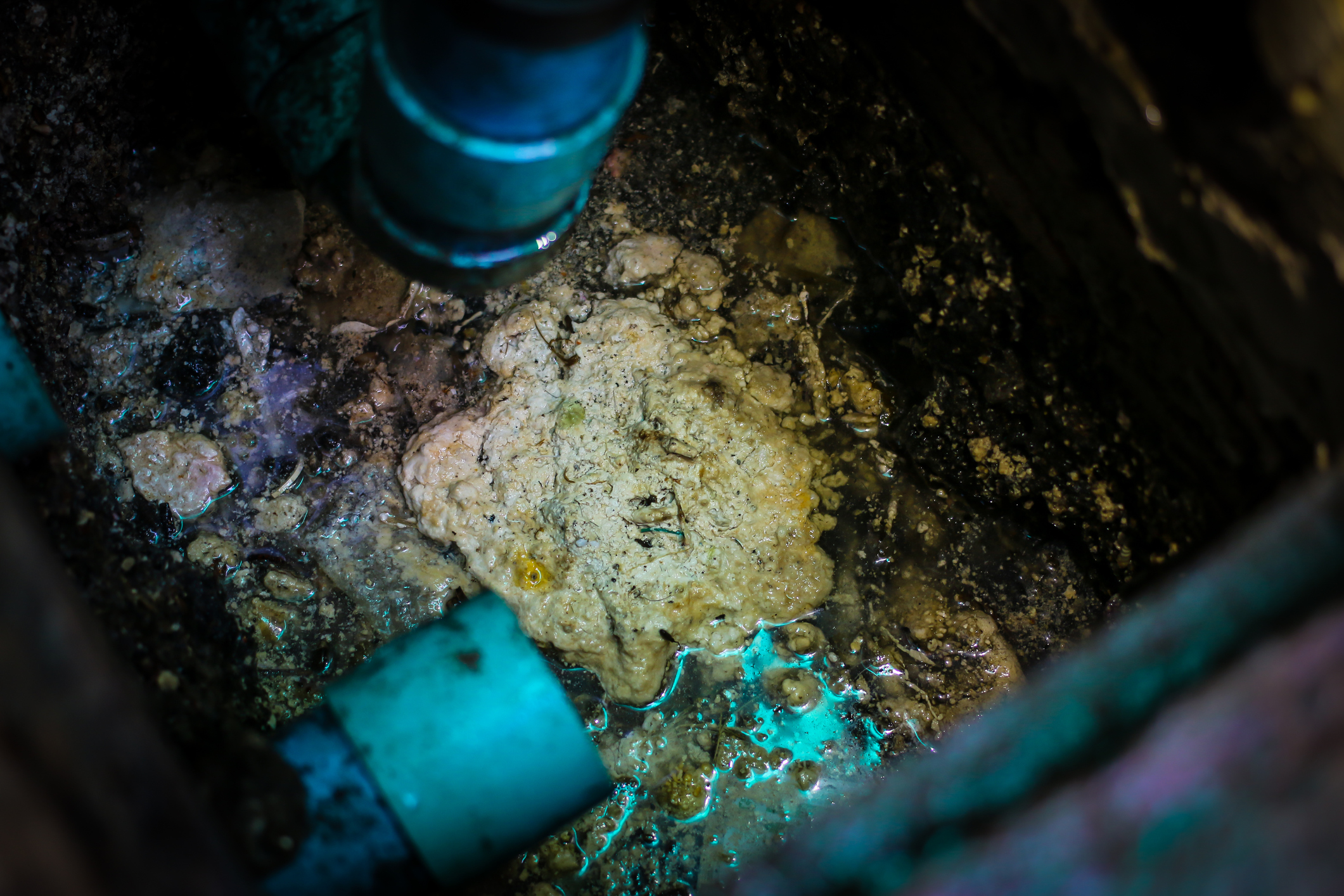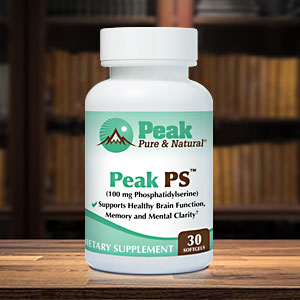Get Easy Health Digest™ in your inbox and don’t miss a thing when you subscribe today. Plus, get the free bonus report, Mother Nature’s Tips, Tricks and Remedies for Cholesterol, Blood Pressure & Blood Sugar as my way of saying welcome to the community!
The weird connection between macular degeneration and calcified plaque

Macular degeneration accounts for nearly 90 percent of all age-related vision loss.
And while the condition currently affects up to 11 million Americans, that number is expected to double over the next three decades.
You might think that a condition that leaves so many suffering and steals their independence would have reliable and safe treatment options, but you’d be wrong.
The current treatments for age-related vision loss can vary from having a needle stuck into your eye to high-energy lasers and hit-or-miss drugs — all of which come with undeniable risks.
Luckily, researchers may have finally unlocked the secret to not only warding off — but possibly walking back — the damage that results in vision loss…
Calcium buildup in the blood vessels of the eye
That secret involves what the researchers believe is an underlying cause of macular degeneration – a protein found in our blood, known as vitronectin.
While there are hundreds of proteins circulating in our bloodstream at any given time, researchers focused on vitronectin because it’s one of the most abundant and an important component of cholesterol.
Vitronectin is also a key player in many age-related diseases, which led the team to believe it may also provide a promising target in the treatment of vision loss associated with aging.
“This protein is an important target for macular degeneration because it accumulates in the back of the eye, causing vision loss. Similar deposits appear in the brain in Alzheimer’s disease and in the arteries in atherosclerosis,” said lead researcher Francesca Marassi, PhD. “We want to understand why this happens and leverage this knowledge to develop new treatments.”
The researchers set out to discover how the protein changes its structure at different temperatures and under varying levels of pressure, illustrating what happens in the human eye over time.
The scientists found that when vitronectin is subjected to pressure, it subtly changes shape — a change that enables it to bind more easily to calcium ions in the blood.
According to the researchers, this is what leads to the buildup of calcified plaque deposits that are hallmarks of macular degeneration and other age-related diseases.
It’s a discovery that researchers say will help them develop treatments for vision loss that block the protein’s calcium binding.
Balancing calcium in your body
Calcified plaque deposits, whether in the vessels of your eyes or those in your heart, can obviously lead to systemic problems.
But calcium is a beneficial nutrient when the body has the right balance of other nutrients to help it do the jobs it’s meant for.
Fortunately, there are a few ways to help those processes and avoid the circulation problems excess calcium can cause…
For starters, unless your doctor has prescribed calcium supplements for a specific health condition, it’s best to get calcium from foods in your diet. That could help cut down on excess in the first place. Dairy foods are your best source, but salmon, squash, and almonds are also good choices.
Everyone knows the symbiotic relationship between vitamin D and calcium. To absorb calcium efficiently, an adequate amount of vitamin D must be present in the body. We know many Americans, especially seniors have either insufficient or outright deficient vitamin D levels.
Another vital vitamin equally important to balance calcium is vitamin K2.
This important nutrient helps direct calcium from the bloodstream to our bones, where it belongs. Once there, vitamin D’s job begins.
The form of vitamin K2 that’s been studied for its circulatory benefits is known as “MK-7,” and the most plentiful food source of K2 is a fermented Japanese food called natto. It can also be supplemented.
Lastly, natural chelators also help to flush excess calcium.
One such chelator is ethylenediaminetetraacetic acid or EDTA. EDTA chelation has been used for decades to bind with lead to remove it from the bloodstream. During these processes, it was discovered that it also binds to rogue calcium and removes it from circulation via body waste.
So, if your vision — and circulatory health — are working the way they should, kudos to you. But remember, an ounce of prevention is worth a pound of cure.
Editor’s note: Have you heard of EDTA chelation therapy? It was developed originally to remove lead and other contaminants, including heavy metals, from the body. Its uses now run the gamut from varicose veins to circulation. Click here to discover Chelation: Natural Miracle for Protecting Your Heart and Enhancing Your Health!
Sources:
How a single protein could unlock age-related vision loss — ScienceDaily
Age-Related Macular Degeneration Treatment — WebMD
LUCENTIS SIDE EFFECTS CENTER — RX List














